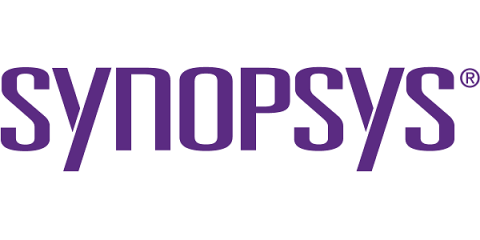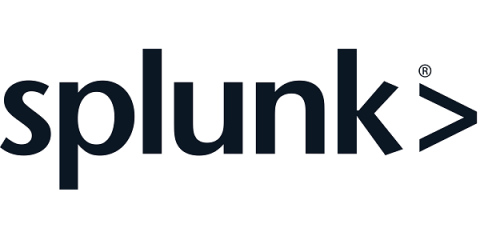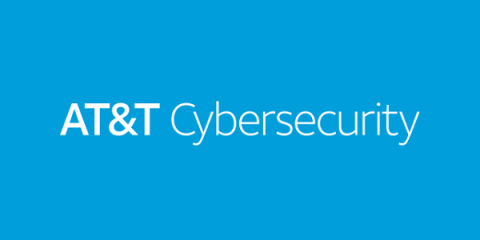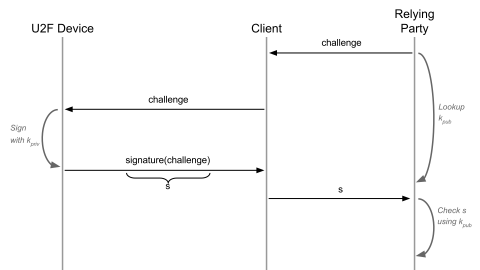The 411 on Stack Overflow and open source license compliance
Many of the third-party components we find in audits have been pulled in their entirety from public software repositories (with GitHub being the most popular these days). But with some frequency we also come across snippets—lines of code that have been copied and pasted into source code. They might be a piece of a GitHub project, but they may also have been taken from a blog site like Stack Overflow or CodeGuru.









